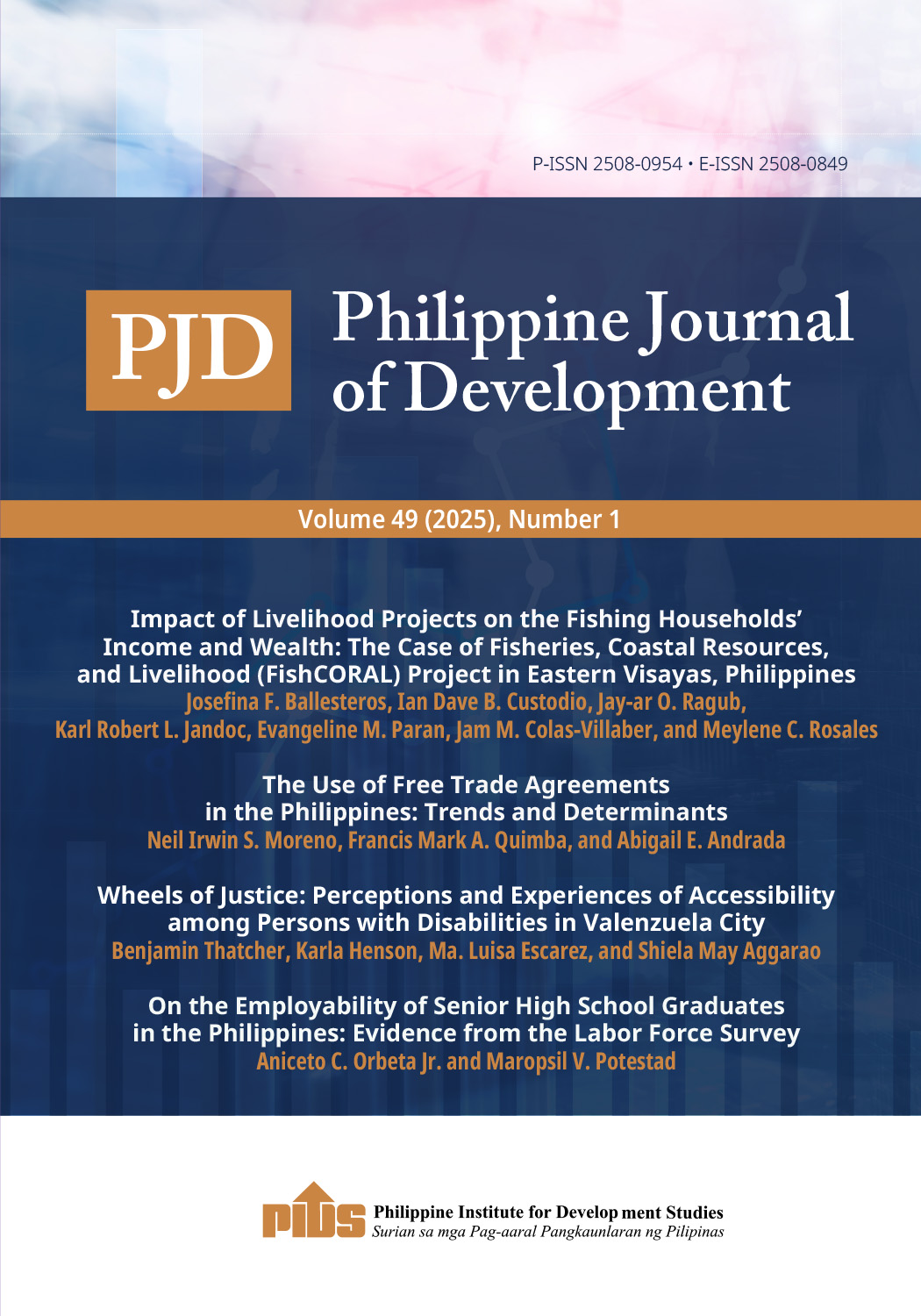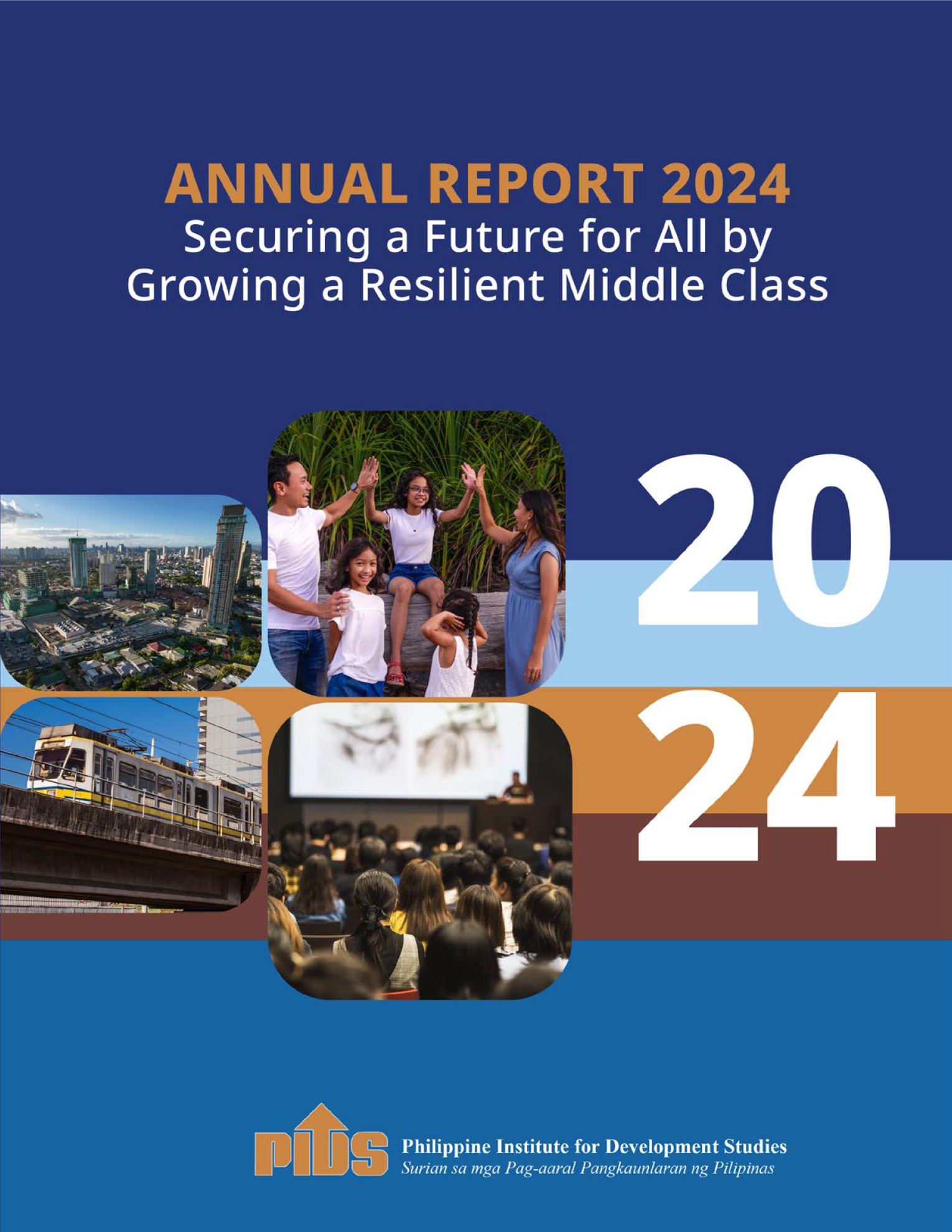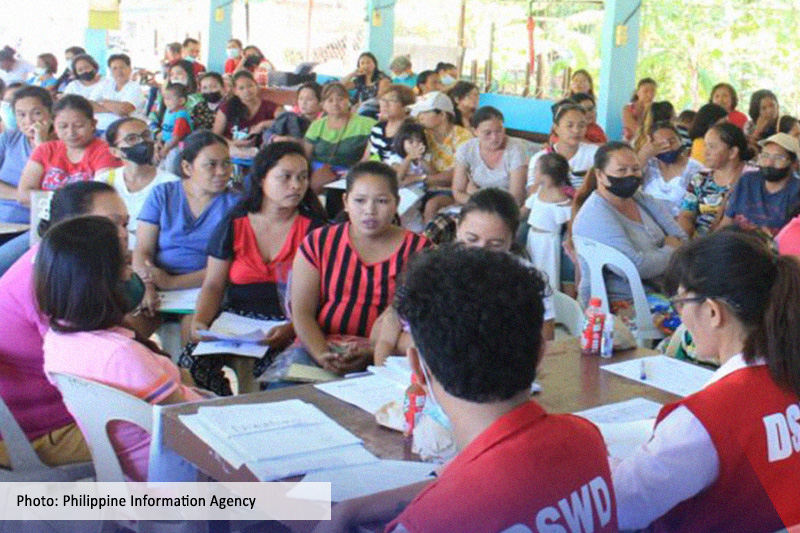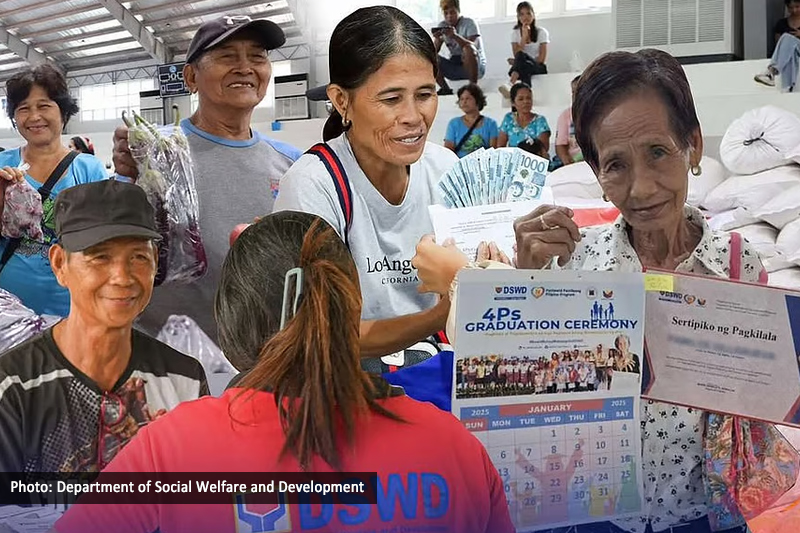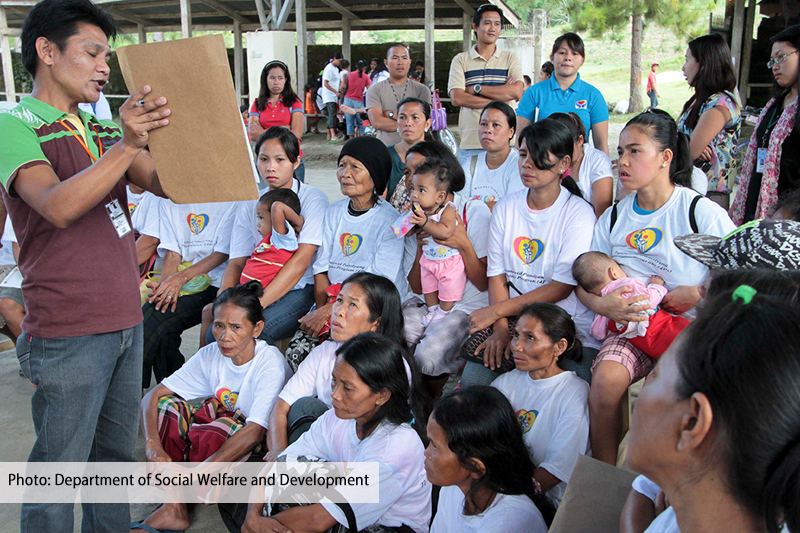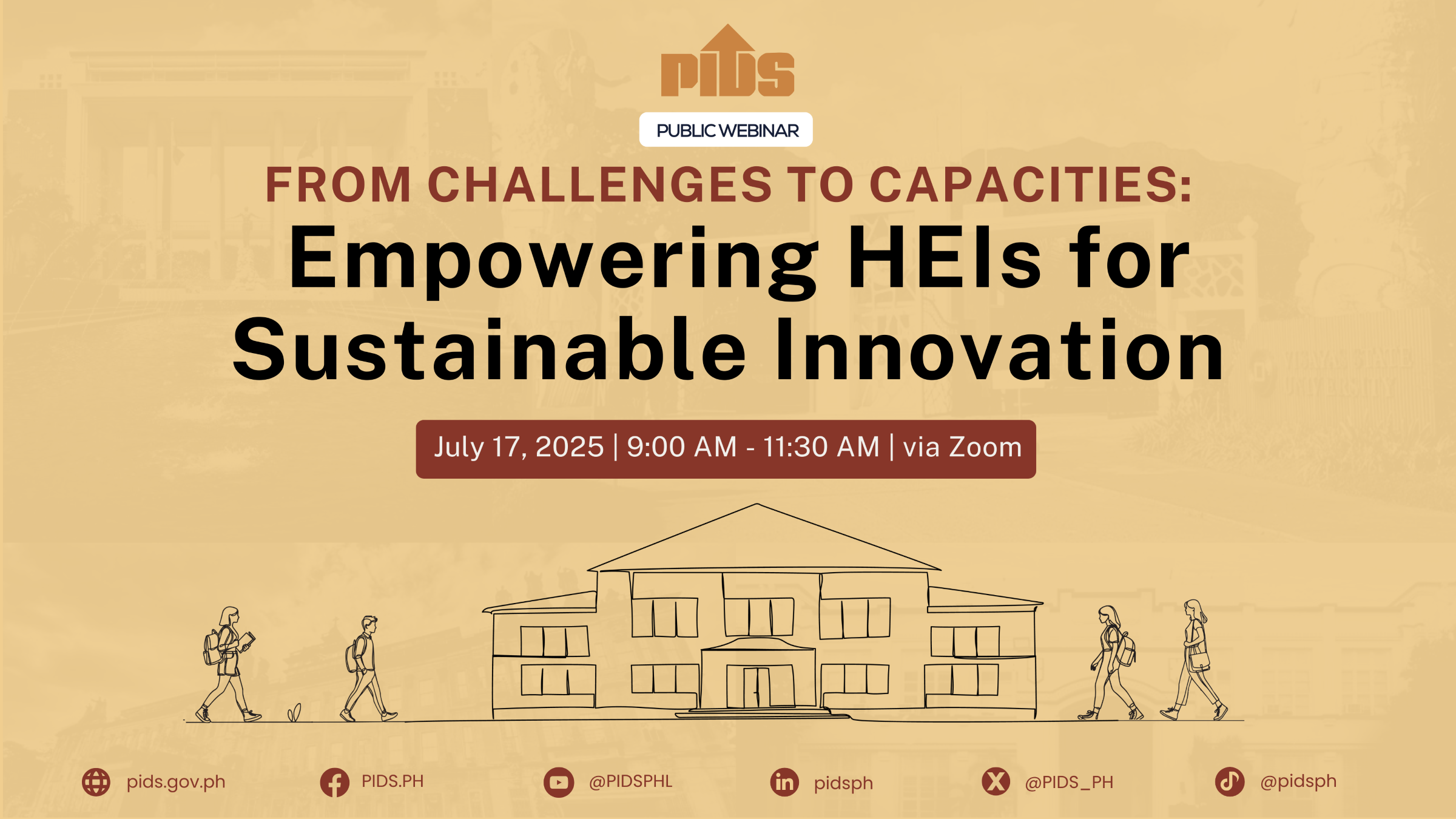The Philippines needs to improve adoption of digital and financial services to reap the benefits of digital economy and make it inclusive.
Philippine Institute for Development Studies (PIDS) President Gilberto Llanto said governments are using digital infrastructure to improve the delivery of public services such as health and education, among others, making these more inclusive.
“The business sector, such as financial technology firms, are also taking advantage of digital tools and systems in competing with traditional brick-and-mortar private lending institutions to provide financial products and services to those who have been financially excluded, especially those in the rural areas,” he said during this week’s launch of the Regional Inclusive Growth Project Consumer Unity and Trust Society [CUTS], a joint project of PIDS and CUTS International.
Llanto said the digital economy is “arguably changing the landscapes of a job, product, and service markets”.
Lito Villanueva, managing director of PLDT’s financial-technology arm FINTQ, underscored the need for the country to provide Filipinos with easier access to formal financial services.
“Having no access to formal financial services would make them susceptible to tapping their families, relatives, and friends for a loan, pawnshops or usurious money lenders,” he said in a seminar on the digital economy.
Capitalizing on the digital era, Villanueva also introduced their lending program, “Kasama Ka Community & Income Builder”.
The program, which uses digital platforms like computers and mobile phones, aims to encourage “underserved” Filipinos to avail of the different financing services provided by Lendr.com.ph — a one-stop shop for loans. It also provides additional income to those who can refer others to avail of its various loan products.
“These efforts must be on the ground, scalable and targeted,” he said.
Meanwhile, the advantages of adopting a digital economy should also be considered in the health sector.
Director of UP-Manila National Telehealth Center Raymond Sarmiento emphasized the need for the government to strengthen its efforts in shifting to more digitized systems to be able to provide efficient health services to Filipinos.
Sarmiento said the government should invest in big data and analytics to improve the access to quality healthcare and decision-making, which partly could be done by using electronic medical records for health facilities and by investing in surveys and administrative data which could be used as the basis for improving delivery of services.
He said the government has already started its digitization efforts by establishing the national e-health steering committee that oversees the implementations and strategies on e-health initiatives.
The plans for having the Philippine Health Information Exchange, which aims to integrate health records and other related data for continuity, accuracy, and efficiency, are also ongoing, he added.
Philippine Institute for Development Studies (PIDS) President Gilberto Llanto said governments are using digital infrastructure to improve the delivery of public services such as health and education, among others, making these more inclusive.
“The business sector, such as financial technology firms, are also taking advantage of digital tools and systems in competing with traditional brick-and-mortar private lending institutions to provide financial products and services to those who have been financially excluded, especially those in the rural areas,” he said during this week’s launch of the Regional Inclusive Growth Project Consumer Unity and Trust Society [CUTS], a joint project of PIDS and CUTS International.
Llanto said the digital economy is “arguably changing the landscapes of a job, product, and service markets”.
Lito Villanueva, managing director of PLDT’s financial-technology arm FINTQ, underscored the need for the country to provide Filipinos with easier access to formal financial services.
“Having no access to formal financial services would make them susceptible to tapping their families, relatives, and friends for a loan, pawnshops or usurious money lenders,” he said in a seminar on the digital economy.
Capitalizing on the digital era, Villanueva also introduced their lending program, “Kasama Ka Community & Income Builder”.
The program, which uses digital platforms like computers and mobile phones, aims to encourage “underserved” Filipinos to avail of the different financing services provided by Lendr.com.ph — a one-stop shop for loans. It also provides additional income to those who can refer others to avail of its various loan products.
“These efforts must be on the ground, scalable and targeted,” he said.
Meanwhile, the advantages of adopting a digital economy should also be considered in the health sector.
Director of UP-Manila National Telehealth Center Raymond Sarmiento emphasized the need for the government to strengthen its efforts in shifting to more digitized systems to be able to provide efficient health services to Filipinos.
Sarmiento said the government should invest in big data and analytics to improve the access to quality healthcare and decision-making, which partly could be done by using electronic medical records for health facilities and by investing in surveys and administrative data which could be used as the basis for improving delivery of services.
He said the government has already started its digitization efforts by establishing the national e-health steering committee that oversees the implementations and strategies on e-health initiatives.
The plans for having the Philippine Health Information Exchange, which aims to integrate health records and other related data for continuity, accuracy, and efficiency, are also ongoing, he added.

